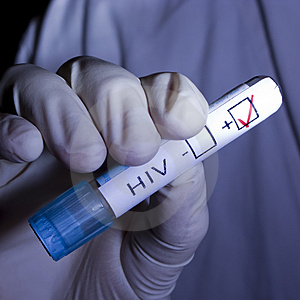Information about comorbidities was obtained through a medical record review. Patients were considered to have received immunosuppressive treatment, chemotherapy, or a corticosteroid if they had been receiving therapy within the 4 weeks before the BSI. Patients who had organ transplants and patients who were HIV-positive were also considered to be immunocompromised. 
Therapy for the BSI was considered appropriate when at least one effective drug was included in the empirical antibiotic treatment within the first 24 h after the blood sample test result was obtained. In practice, this involves targeting therapy to the desired pathogens as well as using the appropriate drug Cialis in Canada, optimal dose, and correct route of administration.
Microbiologic Techniques
All isolates from patients were identified using standard microbiologic techniques. Antimicrobial susceptibility testing was carried out in accordance with the standards of the Clinical and Laboratory Standards Institute. The microorganisms Enterococcus faecium, methicillin-resistant Staphylococcus aureus (MRSA), Klebsiella pneumoniae, Acinetobacter baumannii, Pseudomonas aeruginosa, and Enterobacter sp (known as ESKAPE microorganisms) were considered to be potential antibiotic-resistant pathogens (PARPs). Cases in which more than one microorganism was isolated were defined as polymicrobial BSIs.
Statistical Analysis
Descriptive statistical analysis included frequencies and percentages for categorical variables and means and SDs for continuous variables. Means were compared using the analysis of variance test. Proportions were compared using the x2 test or Fisher exact test. Moreover, post hoc pair-wise comparisons were conducted (CAB vs HCAB, CAB vs HAB, and HCAB vs HAB) as usual. To take into account multiple comparisons, these analyses were repeated applying Bonferroni adjustments. The ORs and 95% CIs were calculated according to standard methods. Multivariate logistic regression analysis was performed to assess which factors were associated with the isolation of PARPs to the blood culture, inappropriate treatment, and mortality. In the multivariate analysis, variables were selected for entry into the logistic regression model if they were significantly associated with mortality at a P value < 0.1 in the univariate analysis or if we considered that the variable had clinical significance. Statistical significance was defined as P < .05.